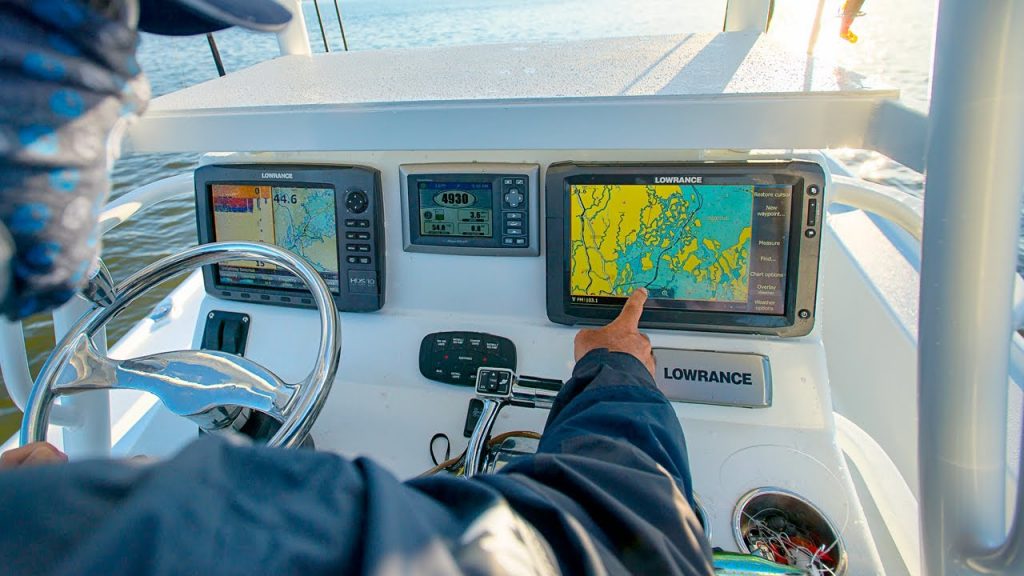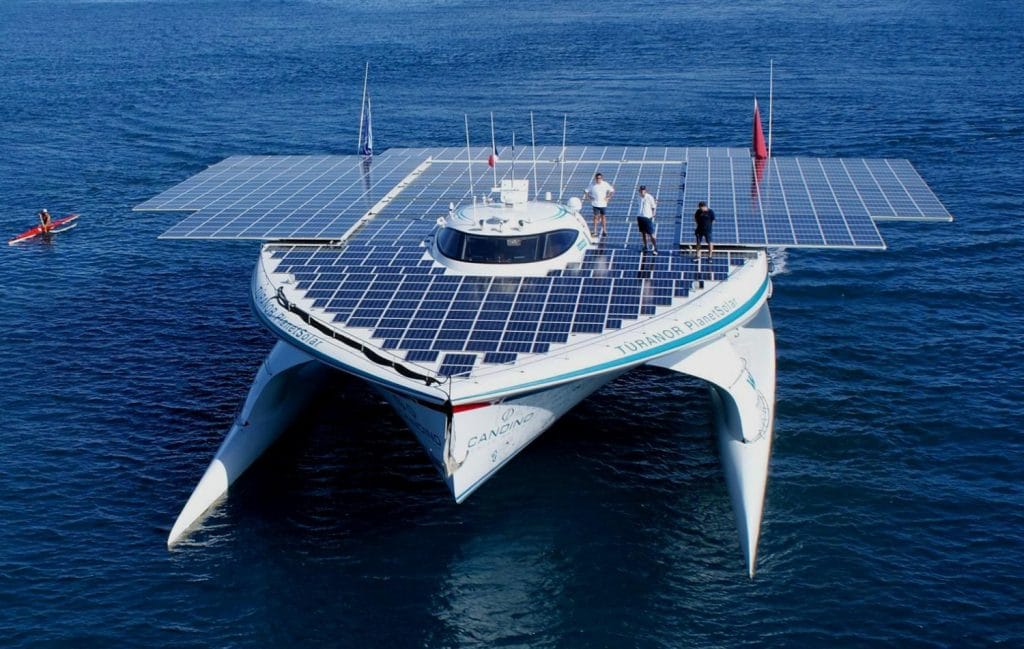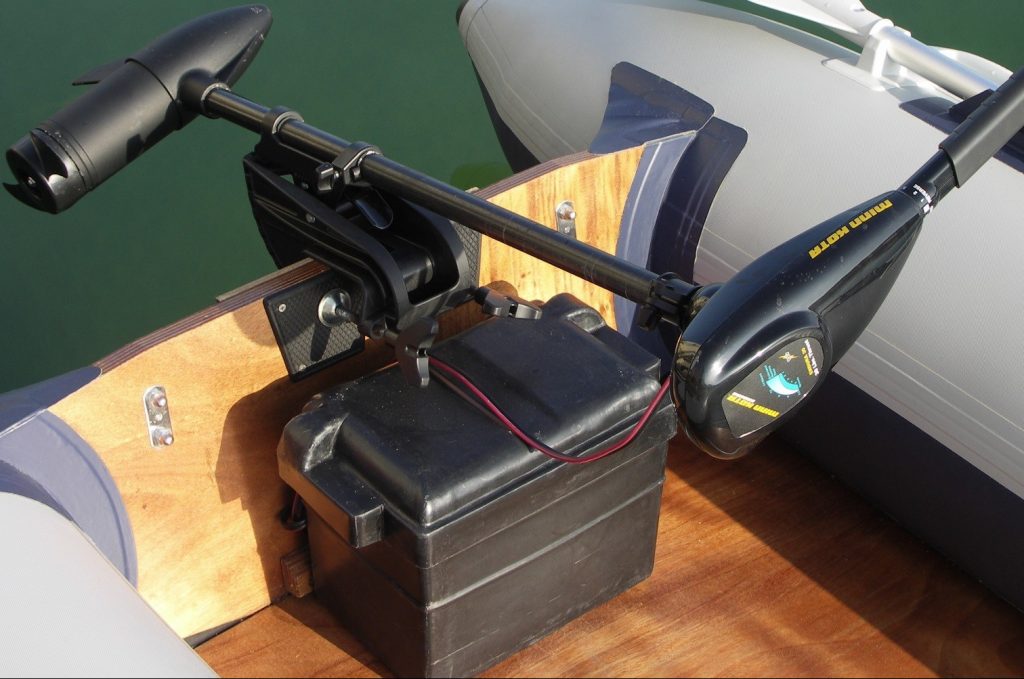

While every boater heads out for a relaxing day on the water hoping for sunny skies and clear weather, that’s not always what you get. When fog rolls in and visibility drops, it’s important to have a marine radar on your boat. The best marine radar alerts you to other boats in the area and obstacles like buoys so that you can safely navigate even when you can’t see more than a few yards beyond your boat. A boat radar is also essential if you find yourself sailing in close proximity to other ships.
There are a lot of factors to consider when choosing the best marine radar, which is why we’re here to help you find the best one. We looked at specifications like beam width and maximum range, which together determine your radar’s field of view and how early you will be alerted to potential hazards. We also looked at a rotation speed, which impacts how quickly the radar will update in any direction. Finally, we considered factors like power consumption, weight, and waterproofing. We compiled a list of top 6 picks, and the Garmin Gmr 18HD+ Radome turned out to be the best of them.
More features: 4 kW transmit power, high resolution, guard zone alarm, clear echo definition, dynamic auto gain, easy to install, MARPA target tracking when combined with a multi-function display
This marine radar system from Garmin offers an incredible value for its rich feature set. To start, this radar offers 4 kW of transmission power, which gives it a range of up to 36 nautical miles. The minimum range is also impressive, at just 20 meters from your ship.
Better yet, if you have a multi-function display on your ship, you can activate MARPA tracking to stay abreast of movements in other ships around you. Helpfully, Garmin designed this unit to be compatible with a number of the company’s chartplotters, so you don’t need to overhaul your ship’s electronics to use it.
Resolution is another strong suit of this radar system. With a relatively tight 5.2° beam and dynamic auto gain, you can pick out ships and smaller objects on the radar display.
The only downside to this unit is that the power consumption is quite significant at 30 watts.
More features: Tracking of 25 simultaneous MARPA targets, CHIRP pulse compression for close-range zero-visibility navigation, lightweight and easy to install, safe emission, low power consumption
This wireless marine radar is unparalleled when it comes to navigating objects at close range. The 2-kW radar boasts a minimum range of just 6 meters, at which point objects are almost close enough to reach out and touch. In addition, the built-in MARPA system allows you to track a whopping 25 targets at once. If you routinely navigate busy harbors, there is no better radar system on the market.
Furthermore, this radar system is lightweight and consumes very little power. That makes it suitable for a huge variety of vessels, so anyone from fishermen to yacht owners can use it. The only thing to watch out for is that while the narrow 4.9° beam width gives you high resolution at distance, it means that small obstacles close to your boat might not be picked up the radar system.
More features: easy to install, 4kW transmit power, good image quality, guard zone alarm, simple application interface
This compact and lightweight stand-alone marine radar from Furuno is perfect for mariners on a tight budget. At less than $1,000, it’s one of the most affordable radar systems and doesn’t compromise significantly on obstacle detection.
Where this radar cuts corners is the beam width. The wide 7.2° beam can make it hard to differentiate objects on the horizon. On the other hand, since the radar has a minimum range of 25 meters, it will help a lot in navigating harbors and marinas.
Also, the radar features 4 kW of transmission power for a range of up to 36 nautical miles. Plus, the application interface is simple to use, making it an excellent choice for first-time radar buyers.
More features: MARPA target tracking (up to 10 targets), ready instantly from standby, low energy emission, low power consumption, close-range detection
This effective and compact boat radar from Simrad is designed for fast operation. While it primarily rotates at either 24 or 36 rpm, a 48-rpm rotation speed is available for nearly instantaneous updates at distances less than one nautical mile. Plus, the radar can be activated within a second from standby, so you’ll always be ready to jump to action if a ship or other obstacle sneaks up on you.
Fishers in particular liked this marine radar for small boats. The power consumption is just 18 watts, and the maximum range of 24 nautical miles is more than enough for most fishermen in small vessels. Plus, MARPA tracking allows you to keep an eye on up to 10 targets and issue automatic alarms while you’re busy reeling in a fish.
More features: high detailed image, automatic harbor/marina and offshore modes, track up to 10 targets (requires a heading sensor), dual guard zone
This marine radar with low-power consumption from Lowrance is a favorite among boaters because it works well with nearly any ship – from small fishing boats to large yachts. On top of that, users love the automatic mode switching between close-range radar in the marina setting and long-range radar in the offshore environment by changing rotation speeds. Still, the 50-meter minimum range can make it difficult to navigate through tightly packed harbors.
The 2-kW transmission power enables this radar to view targets out to 24 nautical miles. Besides, if you add a heading sensor to the unit, you can track up to 10 targets with the built-in MARPA system. It also offers two guard zones to warn you about potential collisions.
More features: beam sharpening – target separation at 3.5ft, track up to 10 targets (requires a heading sensor), dual guard zone, high accuracy, low power consumption
If you’re looking for the best marine radar on the market and budget isn’t an issue, it’s hard to beat the 4G model from Lowrance. The 4-kW transmission power offers range up to 36 nautical miles while still allowing you to see objects at just 50 meters from your boat. Better yet, the beam is sharp enough to separate objects that are just a scant 3.5 feet apart.
The relatively modest weight and power consumption of this radar system makes it suitable for a wide variety of boats. Plus, it comes with a MARPA function able to track up to 10 targets simultaneously and warn you about potential collisions in two guard zones. The beam rotation can also be adjusted between three speeds to save power and give you finer resolution of far-away objects.
Choosing the right marine radar system can be difficult with so many options on the market. In our buying guide, we’ll take a closer look at how marine radars work and cover all of the features you need to know about when choosing a boat radar system.
Figuring out which marine radar is best suited to your boat requires understanding how these systems differ from one another. Here, we’ll explain everything you need to know about the features and technical specifications that impact your radar system.
Transmission power is the most important thing to consider when choosing a radar for your boat. Power, more than the height of your antenna or any other factors, determines how far out you’ll be able to detect objects on the water. High transmission power radars like the Garmin Gmr 18HD+ Radome and Furuno DRS4W offer 4 kW of power, which equates to a range of around 36 nautical miles. Less powerful models like the Simrad Broadband 3G Radar and FLIR Raymarine Quantum 2 offer 2 kW of power, which gives a shorter range of 24 nautical miles.
Power consumption is also worth considering since you need to keep your radar running. Heavy-duty radar systems like the Garmin consumes 30 watts of power, which can put a strain on smaller boat batteries. Smaller boat radars like the 18-watt Simrad unit may be more suitable for less powerful vessels.
If you have a small boat, it’s also important to consider the weight of different marine radar models. Some radar systems, like the ones from Simrad, Lowrance, and Garmin, weigh over 16 pounds.
The mounting point on your boat needs to be able to hold this weight safely, or else you’ll need to reinforce it or choose a lighter marine radar system.
When it comes to beam width, there are a few competing things to consider. A narrower beam is generally better for resolution, especially if your target is far away. This is important if you’re trying to distinguish two objects that are close together, but far away from your boat.
Nevertheless, a narrow beam can actually entirely miss a small object close to your ship. That’s because the narrower the beam, the wider the target has to be in order for the radar system to detect it.
Beam widths vary among marine radar systems, but the common beam width of 5.2° offers a good compromise between resolution and detection at close range.
The maximum range of your radar system depends largely on the transmission power, although other factors like antenna height and the size of the target object can also play a role. 24 nautical miles is considered a relatively short range, while the 36 nautical mile range found on the Garmin and Lowrance 4G radars is preferable for safety in low visibility conditions.
It’s important to think about minimum range, too, especially if you execute maneuvers close to another ship or to other obstacles. Radar systems like the one from FLIR are designed to be mounted low on your boat and are specially designed for close-range performance to give you a minimum distance of just 6 meters.

All of the radar systems we reviewed are rated IPX6 or higher. This waterproof rating indicates that the radar systems are fully waterproof and will be okay in heavy rain. Importantly, these systems are also able to withstand water hitting, as would happen in the case that the radar is overtopped by a wave. While you can, in theory, submerge your radar for an extended period, it’s a good idea to keep it out of the water as much as possible.
Marine radars are designed to be easy to mount with a kit, which is often included with the radar unit itself. It’s essential to make sure that the radar will fit your boat and isn’t too heavy for your boat’s mounting point, which is usually the highest point of the boat so that the radar has a 360° view.
Before adding a marine radar to your boat, it’s also important to consider whether your current displays are compatible with boat radar. Some chartplotters and fish finders are not able to show radar displays – instead, you’ll need a multi-function display that is capable of working with the marine radar system you’re interested in.
Ultimately, choosing the right marine radar system comes down to what you need. If you’ve never used marine radar before, it might be worthwhile to opt for a less expensive system that gives you solid functionality without costing an arm and a leg. On the other hand, if you have had good experiences with radar systems from a particular brand, you may want to stick with radars from that same brand. Be sure to think about how much range you realistically need, and particularly what minimum range will be important for your boating.
Marine radar systems are not cheap. Most units are well over $1,000, with the notable exception of our budget pick from Furuno – which is just over $900. The most expensive radars we reviewed, the Lowrance 4G and FLIR models, cost more than $1,800 each.
Our three overall favorite marine radars on the market today are the Garmin Gmr 18HD+ Radome, the FLIR Raymarine Quantum 2, and the Furuno DRS4W. We feel that the Garmin radar is the overall best marine radar thanks to its excellent combination of features and value. It offers an impressive 36 nautical mile maximum range and a minimum range of just 20 meters. Plus, the dynamic auto gain builds on the already impressive resolution to ensure you can clearly differentiate targets. The FLIR Raymarine Quantum 2 comes at the second place with its 6 meters detection range. It also outmatches other competitors on the market because it is easy to mount, and it allows you to navigate with zero visibility. The Furuno DRS4W ends the top 3 as a budget-friendly marine radar for your vessel with decent parameters that shows great navigation performance. The unit has 4 kW transmission power, and it is lightweight and compact.





